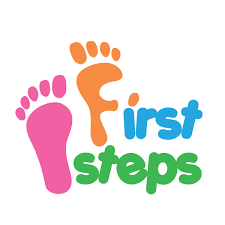By nature, I am extra cautious when I take my first steps on any project. This comes from experience, when a task is in front of you, many of us get tempted to jump and start working things out. I have a different take on this and even if I do burn couple of hours in the beginning, I would not change this style for no one or nothing! When you take your first steps right, when walls or falls happen, you are confident that you can get through them because you know that you are on right path.
So, on one of our projects, we decided that a tight integration with Salesforce would be a huge add on for this growing team. Now, the decision is clear that integration is needed, now, few key first decisions that should be made to ensure we will follow the right track to achieve our key goals.
Key Goal: We have a bunch of forms on the website that collect variety of information from end user based on purpose of the form. The stakeholders wanted to ship this collected information to Salesforce.
That’s a very abstract gist, I know. Not always would you have a dedicated Business Analyst that would document every single detail. Sometimes, you have to work with just a skeleton. Now, lets jot down the first set of questions:
- What Connector should we use to ensure we have the tight integration between Sitecore and Salesforce?
- What version of Connector should we be using?
- What does this Connector do on a very abstract level and would it help us reach the key goal noted above?
Now, lets answer each one of those first before we jump deep and go crazy. Which we will trust me. I did run across quite a few walls and was able to successfully break or crack enough to get by, I will share that side of journey with you all as well.
But, first things first, answer to above key questions. So, for the first one, my boss, Liz Spranzani has a great collection of blogs which highlights Connectors that are available and which ones to use in which scenarios. Salesforce offers a whole stack of products and so does Sitecore, so, it is important to get your thoughts straightened out, so, you make wise and correct decisions.
Here are the blogs for your reference. I made my choice to be to use Sitecore Connect for Salesforce CRM because that fits all my boxes based on subscriptions the client has in regards to Salesforce. Now, your answer could be different, I am hoping its the same, so, my journey will help you. 🙂
Now, for the second one, folks who know Sitecore know that this question is very important to be answered because of just the way Sitecore product life cycle has been. To confirm this, I checked the compatibility KB article, but, unfortunately, it is not always up-to-date. So, I actually loaded a support ticket to understand what version of connector should I be using given my Sitecore version, got confirmation that I should be using: Sitecore Connect for Salesforce CRM 2.1.0 . Bottom line is latest and not always the right approach especially when you are dealing with multiple systems.
So, on a very abstract level the connector gives you ability to push various objects from Sitecore to Salesforce and vice versa. Most important one of course that most of us will be interested in would be Contacts. But, along side of Contacts, it can also ship Tasks, Events and Campaigns.
You nailed your first steps, Now, what to do next? Installation! Sitecore does have good documentation on Connector Installation and setup, but, like always there is few gaps and some helpful tips to get you over few humps. I will cover those in my next blog.
Do not underestimate the power of making right choices, take your own time and do not let anyone make them for you if you are the one who is going to own the implementation.

